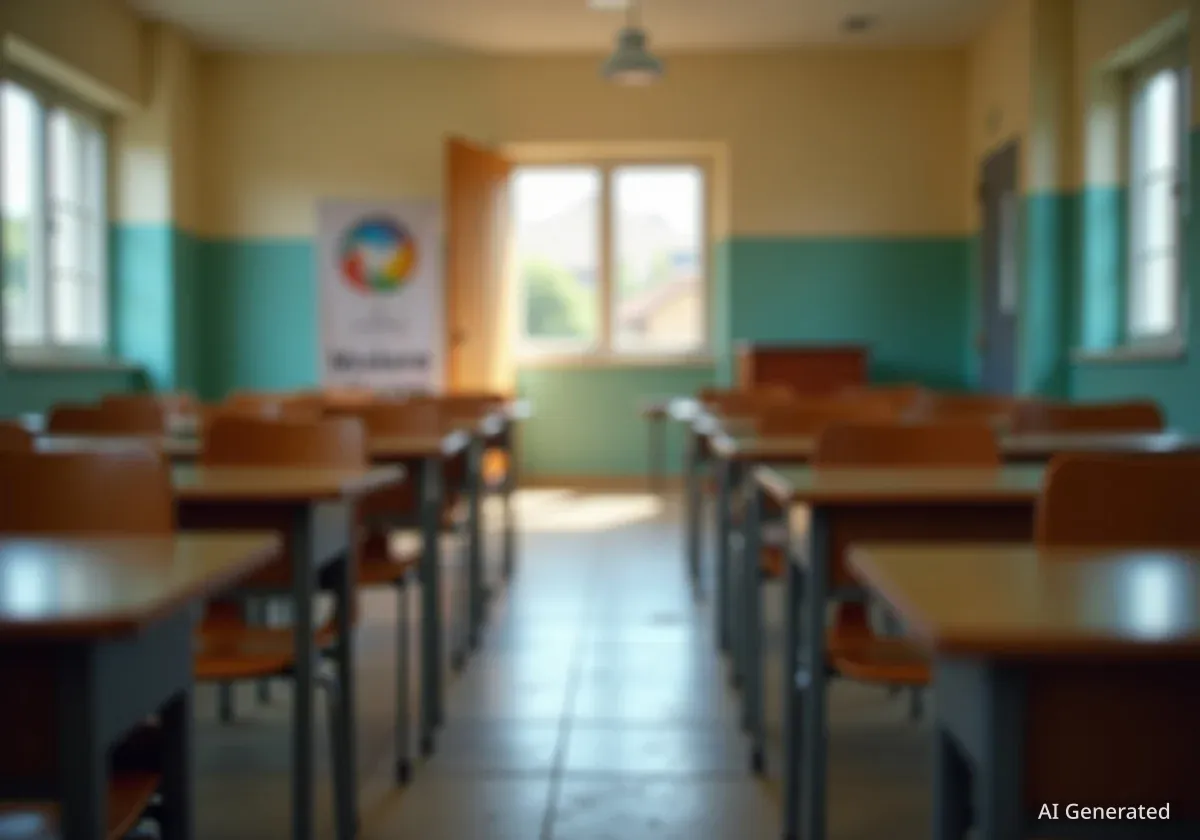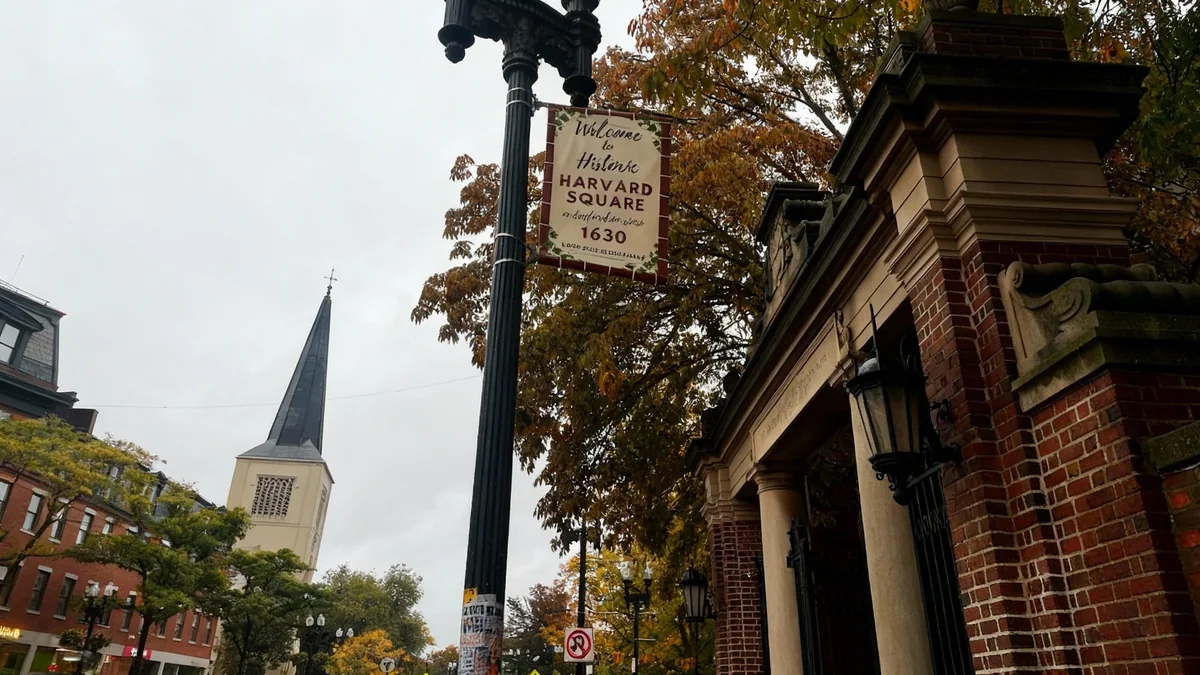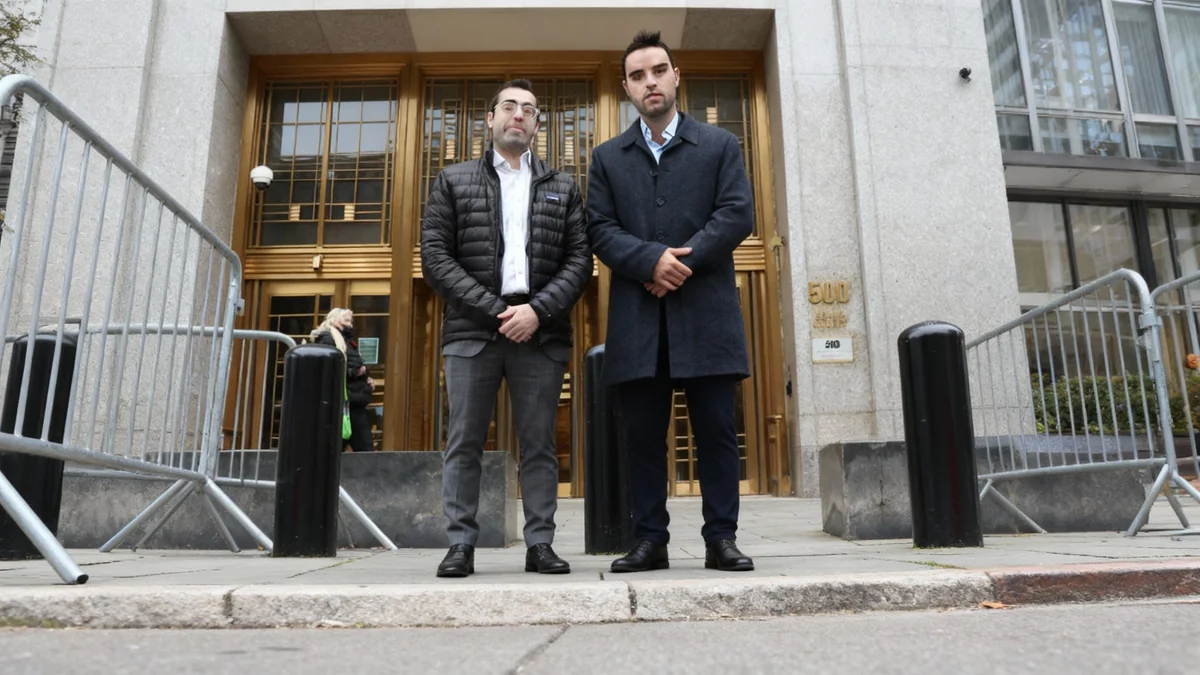A new Florida law is changing how charter schools operate within the state's public education system. This legislation allows specific charter school organizations to establish programs inside traditional public school buildings without paying rent. The law's journey to enactment highlights the complex interplay of power, political influence, and financial considerations within the state Capitol.
Key Takeaways
- New Florida law permits certain charter schools to use public school facilities rent-free.
- The legislation emerged from a complex political process, including late-night negotiations.
- Critics argue the law diverts resources from traditional public education.
- Supporters believe it offers more educational choices for students.
- The law affects school districts' financial planning and facility management.
Understanding Florida's New Charter School Legislation
The recently enacted Florida law represents a significant shift in education policy. It grants specific charter school operators the ability to utilize existing traditional public school facilities. A key provision of this law is the waiver of rent for these charter programs. This means charter schools approved under this framework will not incur facility costs when operating within public school buildings.
State Representative Robin Bartleman, a Democrat from Weston, has voiced strong opposition to the new law. Bartleman, who has a background as a teacher and assistant principal and is also the mother of a teacher, described the outcome as receiving a "failing grade." Her perspective reflects concerns about the potential impact on traditional public education resources.
Background on Charter Schools
Charter schools are publicly funded schools that operate independently of the traditional public school system. They are typically managed by private organizations or non-profits and are given more flexibility in their operations, curriculum, and staffing. In exchange for this autonomy, charter schools are held accountable for student performance and often have specific educational missions. They receive public funds but are not subject to all the same rules and regulations as district-run schools.
The Legislative Path: From Stalled Bill to State Law
The journey of this legislation was marked by political challenges. Initially, similar proposals faced significant hurdles and appeared unlikely to pass. However, the bill was revived through a series of late-night legislative maneuvers. These actions illustrate how specific interests can advance policy through determined advocacy and strategic timing within the legislative process.
The final passage of the bill came after extensive debate and amendments. The process involved various stakeholders, including education advocates, parent groups, and lobbying organizations, each presenting their arguments for or against the proposed changes. The bill's resurrection and ultimate approval highlight the dynamic nature of state-level policymaking.
"I was..." Representative Robin Bartleman stated, expressing her disappointment with the new law. Her comments underscore the deep divisions and strong feelings surrounding this educational policy change.
Impact on Public School Districts and Resources
The new law has direct implications for Florida's public school districts. By allowing charter schools to occupy public school facilities without rent, districts may face challenges in managing their existing infrastructure and financial resources. This could affect budget allocations for maintenance, utilities, and other operational costs associated with these shared spaces.
Districts must now navigate the complexities of co-locating different educational programs within the same buildings. This includes considerations for shared facilities like cafeterias, libraries, and athletic fields. The law's implementation will require careful planning and cooperation between district administrations and charter school operators to ensure smooth transitions and continued educational quality for all students.
Florida's Education Landscape
- Florida has one of the largest public school systems in the United States.
- The state has seen a steady increase in charter school enrollment over the past two decades.
- Public education funding is a significant portion of the state budget.
Arguments For and Against the New Law
Arguments in Support
Proponents of the law argue that it increases educational options for families. They believe that by allowing more charter schools to operate, especially within existing public facilities, students can access diverse learning environments that may better suit their needs. This perspective often emphasizes parental choice and innovation in education. Furthermore, supporters suggest that utilizing vacant or underutilized public school spaces efficiently benefits the community.
Some advocates also point to potential cost savings for the state by avoiding the construction of new facilities for charter schools. They argue that sharing existing infrastructure is a pragmatic solution that maximizes public assets. This approach, they contend, can lead to a more efficient use of taxpayer money while expanding educational opportunities.
Arguments Against
Critics, like Representative Bartleman, raise concerns about the financial strain on traditional public schools. They argue that providing rent-free facilities to charter schools diverts resources that could otherwise support district-run programs. This includes funding for teacher salaries, classroom technology, and essential student services.
Opponents also worry about the impact on equity and accountability. They question whether charter schools operating within public buildings will be subject to the same level of oversight as traditional schools. There are also concerns that this model could create a two-tiered system within public education, potentially disadvantaging students in traditional schools by reducing their access to shared resources.
The Future of Education in Florida
The implementation of this new law will shape the future of education in Florida. It represents a significant policy decision that prioritizes certain models of school choice. As charter schools begin to utilize these new provisions, their impact on student performance, resource allocation, and overall educational quality will be closely monitored.
The ongoing debate highlights fundamental questions about the role of public education and the most effective ways to serve students. The effects of this law will likely be a topic of discussion for years to come, influencing future legislative sessions and educational reforms across the state. Stakeholders will continue to assess its effectiveness and advocate for their respective visions of a strong educational system.
Key Statistics
- Florida has over 600 charter schools.
- More than 300,000 students attend charter schools in Florida.
- State funding for public education often involves complex formulas that consider student enrollment and school type.





